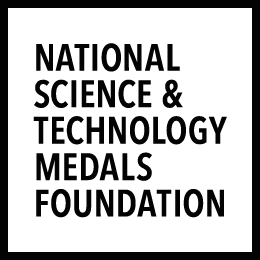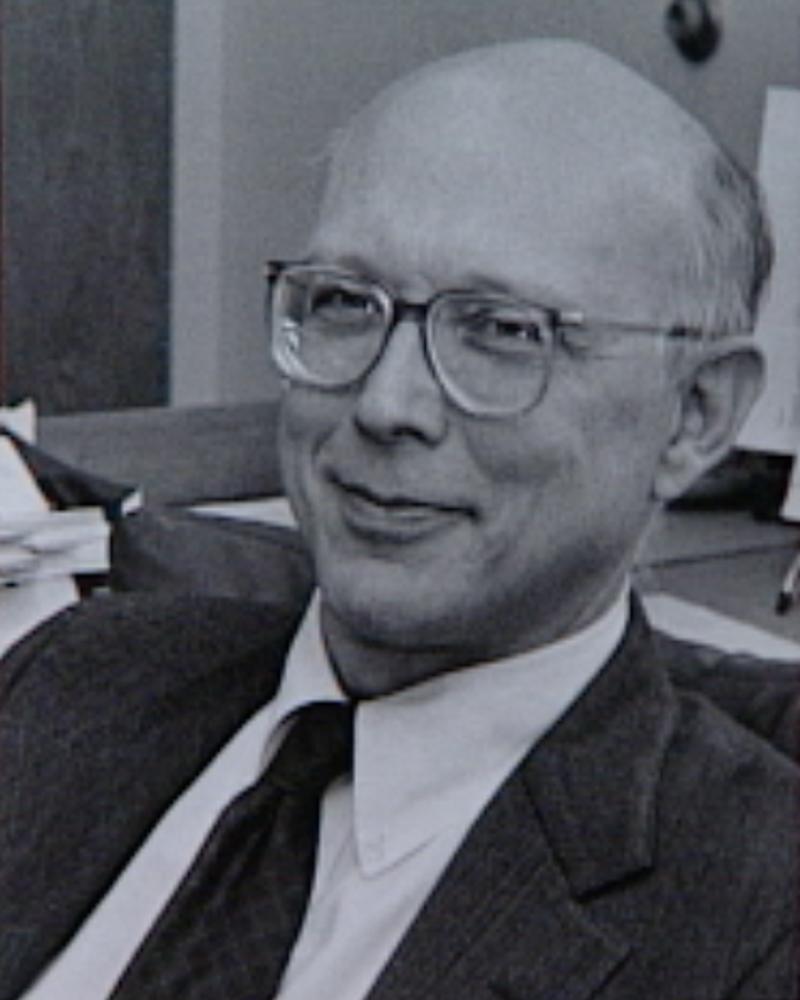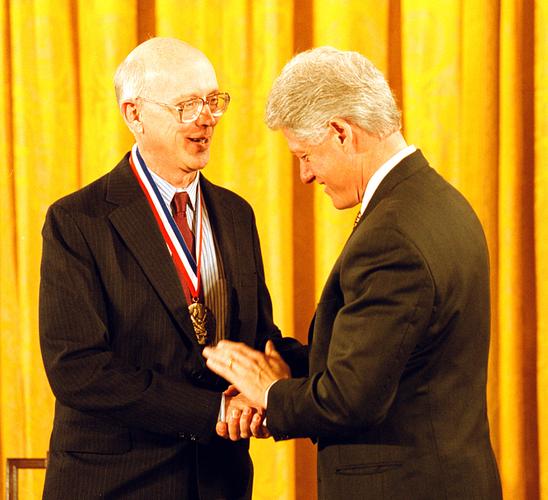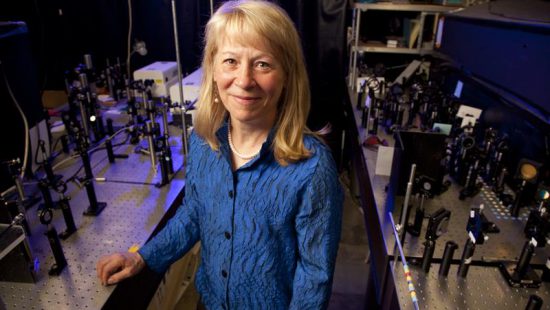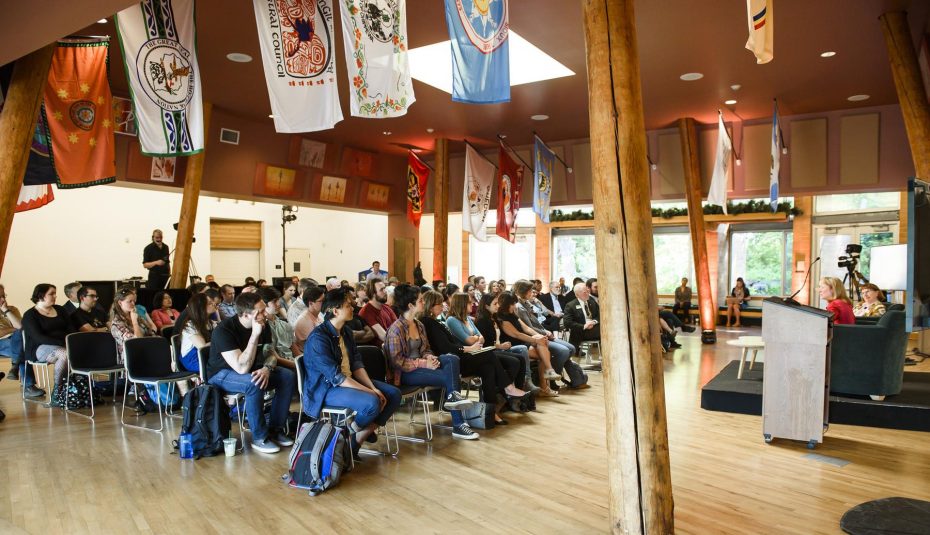George M. Whitesides is among the most cited chemists in history. With good reason: He’s cofounded a dozen companies, authored more than 130 patents, published more than 1,200 scientific articles, and his research interests span the gamut, from biochemistry and materials science to catalysis and nanotechnology.
Whitesides, who was born in Louisville, Kentucky, received an A.B. degree from Harvard University and a Ph.D. from the California Institute of Technology. After completing his doctorate, he joined the faculty of the Massachusetts Institute of Technology before returning to Harvard University to join the Department of Chemistry in 1982. He later became the department’s chairman and currently serves as director of the Whitesides Research Group there, as well as the Woodford L. and Ann A. Flowers University Professor. He is one of only a handful of faculty members at the Ivy League institution to hold the title of university professor.
Though Whitesides’ research focuses have frequently changed and evolved, much of his work involves creating low-cost and user-friendly medical diagnostic tools, which has been particularly useful for people working in poor conditions.
One such project that has stemmed from his work is the famous “lab on a chip,” a postage stamp-sized piece of paper that uses nanotechnology to turn colors when it comes into contact with bodily fluids, such as blood or urine.
Beyond his research, he is also lauded for his public service and mentorship. He served on various national committees and panels related to science and technology education, research and innovation, and he has mentored more than 300 graduate students, postdoctoral students and visiting scholars.
By Sydni Dunn
